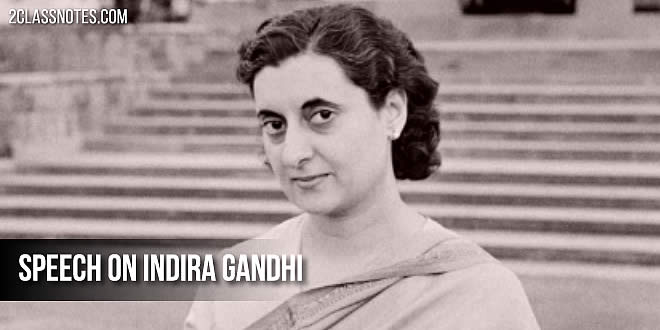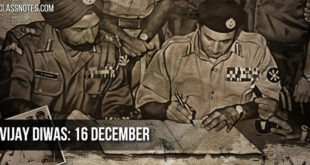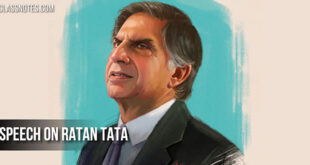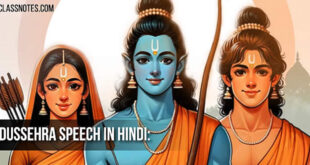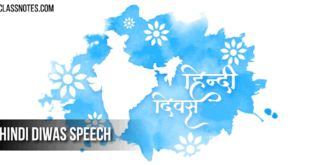Indira Gandhi served as a role model for Indian women. She demonstrated such leadership that she was regarded as an icon by millions of Indians. She served as the nation’s first female prime minister and overall third prime minister. Her journey to become the Iron Lady of India is still used as an example years after it occurred. Because of her impressive past, she continues to inspire people in the country today.
10 lines on Indira Gandhi
- The first female prime minister of India was an Indian politician named Indira Gandhi, whose full name was Indira Priyadarshini Gandhi. She was born in Allahabad, India, on November 19, 1917, and passed away in New Delhi on October 31, 1984.
- The father of Indira Gandhi was Pt. Jawaharlal Nehru. She received her education from prestigious colleges, including Somerville College in Oxford, Badminton School in Bristol, Ecole Nouvelle in Bex (Switzerland), Ecole Internationale in Geneva, Pupils’ School in Poona and Bombay, and Vishwa Bharati in Shantiniketan.
- Indira Gandhi has been a member of the Indian National Congress since she was a little child. She was also chosen to lead her party in the Indian National Congress in 1959.
- She served as the minister of information and media (1964- 966). From January 1966 to March 1977, she served as India’s Prime Minister, which is the country’s highest post.
- In the period from September 1967 until March 1977, she served as the Atomic Energy Minister.
- From September 5, 1967, to February 14, 1969, she also served in the Ministry of External Affairs in a second position.
- India’s entire political system evolved and came together under her leadership. She showed the entire world what women are capable of. When she was minister, Pakistan experienced a military setback in the war of 1971. India then took the first action toward developing into a world superpower.
- Additionally, she nationalised all of the then-existing banks to improve convenience for the general public.
- Indira Gandhi had ties to numerous organisations and institutions, including Kasturba Gandhi Memorial Trust, Gandhi Smarak Nidhi, and Kamala Nehru Memorial Hospital.
- Two of her bodyguards, Satwant Singh and Beant Singh, shot and killed her on October 31, 1984, using their duty weapons.
Short Speech on Indira Gandhi
In India, Indira Gandhi is referred to as the “Iron Lady of India.” Indira Gandhi succeeded Lal Bahadur Shastri as prime minister of India after his passing. She also showed her worth and rose to the position of Congress party president and strongest prime minister. Her appointment as India’s prime minister caused division within the congress party. As a result, she overcame all obstacles and demonstrated why she is India’s strongest prime minister.
Early Life
The real embodiment of women’s liberation, Indira Gandhi, or Indira Priyadarshini Gandhi, was born on November 19, 1917, in Allahabad. She was born to Jawaharlal Nehru and a Kashmiri Pandit household. In addition to being a great leader, Indira Gandhi was also a powerful orator. When Indira Gandhi was relatively young, her political career began. She served as his father’s personal assistant while he served as India’s first prime minister in the 1950s. Indira Gandhi rose to prominence following the passing of Shri Lal Bahadur Shastri and was chosen as India’s prime minister in 1966. She was the leader of the Indian National Congress as well.
She experienced numerous ups and downs while she was in power, but she bravely overcame each one. She was known as the “Iron Lady of India” due to her fortitude.
Long Speech On Indira Gandhi
Indira Gandhi was the first and remains the first female prime minister of India in the country’s political history. She is referred to as the “Iron Lady of India” in India. She was Pandit Jawaharlal Nehru‘s daughter and the sole representative of the Indian National Congress. She started out working for her father as an assistant and hostess before being elected president of the Indian National Congress and a Rajya Sabha member.
Prime Minister Lal Bahadur Shastri’s cabinet government was where Indira Gandhi held office. She was appointed information and broadcasting minister following the passing of her father. After Lal Bahadur Shastri unexpectedly passed away in 1966, Indira Gandhi assumed the position of Prime Minister.
Education
Indira Gandhi attended school in numerous locations because her parents frequently relocated. In Allahabad, she just attended elementary school. She also pursued a variety of academic interests in Oxford and Shanti Niketan. She was chosen to be the Minister of Information and Broadcasting in 1964, the year her father passed away.
Political Career
On January 24, 1966, Shri Lal Bahadur Shastri, India’s second prime minister, passed away unexpectedly, making Indira Gandhi the country’s third and first female prime minister. There are two distinct periods of her time as prime minister(1966-1977). An outstanding leader, Indira Gandhi. She was appointed the nation’s prime minister three times in a row. Both her people and others mistreated her as a result of her gender. She also served as the leader of the Indian National Congress, a significant political organisation.
Her Contribution
Indira proclaimed a period of emergency from 1975 to 1977. While she was in control, India’s entire political system developed and came together. She made the bold decision to nationalise the banks and end privy purses in 1920. She led India to victory in the battle with Pakistan in 1971. Her new congress party group won the state legislative election in 1972 following her victory in the war against Pakistan.
Period of Emergency
The opposition groups brought a lawsuit against Indira Gandhi, alleging that she had broken the electoral laws during the elections. But regrettably, the high court ruled against Indira Gandhi in 1975. As a result, she lost her position and was ordered to stay out of politics for six years. She then appealed to the Supreme Court in defiance of the court’s ruling. But in that case, Indira Gandhi lost the case. She then proclaimed a National Emergency based on internal conflicts within the nation. All of the opposing party’s leaders were put behind bars by Indira Gandhi. The newspaper’s freedom of expression was also eliminated during this time.
Her Death
She encountered much greater difficulties during her second term as prime minister. There was a lot of internal struggle in the state of Punjab and a threat from Khalistanis. She became anxious and agitated as Khalistani’s activity increased. She ordered an attack on the golden temple when she heard that a group of Khalistanis were hiding there. This act of aggression enraged several Sikhs and hurt their religious sentiments which resulted in a lot of blood shed and conflict. As a result of this, Indira Gandhi was assassinated inside her own property on October 31, 1984, by her own security personnel.
 Class Notes NCERT Solutions for CBSE Students
Class Notes NCERT Solutions for CBSE Students
